Greetings, adventurers! This week, we are working with an interesting theme: immortality. By immortality, I mean boosting your survivability so high that you wear your opponent down into the land of fatigue.
For this, we will be looking at three decks today: A very funky Warrior that relies on Armor stacking, a Mage that fishes for Armor with his Quest ability, and a Rogue with a never-ending deck of heals.
Indestructible
Right off the bat, you'll see there's a few cards missing. Where is Dr. Boom, Mad Genius? Where is Shield Slam? One is unreliable in terms of Armor, the other clashes with another mysterious, cool card in the deck. Let's first take a look at our core cards:
Tentacles for Arms is an expensive, but infinite Poisoned Daggers. It allows you to keep chipping away at the enemy's health during the late game, as well as making sure you always have something to trigger Armored Goon, a surprisingly powerful card - especially if it sticks for longer than a turn on the board.
Dr. Boom's Scheme is a card you should always try to mulligan for. Try never using it under at least 10 Armor, preferably holding on to it until your deck is empty.
Dead Man's Hand is your deck filler - and by that I mean it literally fills your deck. Do not rush in using it: You don't need more than one Tentacles for Arms or Skulking Geist. You need to make your deck bigger but not filled with useless cards. Always try to shuffle things like Dr. Boom's Scheme and Unidentified Shield (especially if it gives an extra 10 armor), as well as situational cards depending on who you're fighting against: Drywhisker Armorer or Warpath against aggro, Eater of Secrets against Secret Mage and so on.
There are two cards to look out for in this deck:
Skulking Geist: Attempt to play as soon as possible to maximize its potential. It can do a lot of damage to Jade Druid or Reno Quest Mage decks, as well as destroying Togwaggle's Scheme for Rogues. Against the right match-up, it could erase an opponent's chances of winning.
Weapons Project: A decently popular card since its release, attempt to use this only when your opponent already has a weapon equipped. It can work wonders against Wrenchcaliburs and Eaglehorn Bows.
Early-game cards:
- Dr. Boom's Scheme: Start growing this as fast as possible and play it as late as you can.
- Frightened Flunky: Gives you some board presence as well as offering you the awesome value of another minion. Choose the other minion's cost depending on what you have in your hand, filling in the blanks where you might not have anything to do for one turn.
- Skulking Geist: Play this as soon as you can.
Late-game cards:
- Dr. Boom's Scheme: Optimally played as your last resort.
- Tentacles for Arms: Keep using when having spare mana (post-hero power) to apply pressure to your enemy hero's health.
- Armored Goon: Try to play this in the late game, expending some of your opponent's removal early on, as to increase this card's chances of survival.
Card Analysis & Replacements
Skulking Geist: A hit-and-miss card. Can completely turn the game around, give your a small advantage, or do nothing! In Wild, there is a huge amount of 1-cost spells, so generally you will manage to nibble off at least a Ray of Frost or a Crystology (for a full list of 1-cost spells, click here). This is also the reason Shield Slam is not included in this deck, so if you are looking to replace the Geist, Shield Slam should be your first choice.
Eater of Secrets: This card can be interchanged with Kezan Mystic, though its effect is a tiny bit less powerful. Against opponents with a high amount of secrets, the Eater of Secrets is preferred, while against an opponent with fewer secrets (such as a Hunter playing a secret every few rounds just to keep his Eaglehorn Bow fed), the Kezan Mystic would be a better option.
Tentacles for Arms: While quite a key card in this deck, it is not completely irreplaceable. You can try Molten Blade and hope it morphs into the Tentacles (or, with far less chance, Malkorok), or go for more static choices such as Livewire Lance for some extra Lackey trouble, Wrenchcalibur if you wish to speed up your end-game, and Supercollider if you're running into a lot of aggro decks.
Overall, this is a pretty cheap deck for Wild, and lots of cards can be switched for others you have in your collection while keeping its effectiveness. Experiment with some swaps and find out what works for you best!
Invincible
A deck so annoying to play against that the Plagues of Uldum called it a day and went off to terrorize a different desert.
This is not a complex deck. There is one thing to know: Do not play Arcane Artificer early on. Basically, use all those crazy removals in your deck to keep the board clear while building up your quest. Meanwhile, try and save some of the high-cost spells for after you received your new Hero Power, at which point you are ready to start stacking Armor. Play the Artificer, throw a Flamestrike or a Blizzard, and keep stacking up Armor with the Artificers, your Secrets, and any other defensive spell you get from your Hero Power until your opponent runs out of cards. Most of the time, that means you win.
Early-game cards:
- Magic Dart Frog
- Ice Barrier: Best to cycle through these fast in case you get more from [Hearthstone Card (Ascended Scroll) Not Found]
- Water Elemental: Your first removal soaker!
Late-game cards:
- Tortollan Pilgrim: Use to get a free Flamestrike, Blizzard, or Puzzle Box of Yogg-Saron (if you're in big trouble). There's no space for more of these, so getting an extra one through your Pilgrim is a big boost.
- Puzzle Box of Yogg-Saron: This is your nuclear option. If you're running out of options, pray to the Old God for help (Note: May cause you to draw the rest of your deck).
- Arcane Artificer: These two are very precious. Never play them unless you have a big spell to follow up with on the same turn (or lots of smaller spells.) The Artificer is the bread and butter of this deck's end-game, and if you lose one too early, you might not be beefy enough to withstand your opponent until the end.
Card Analysis & Replacements
Puzzle Box of Yogg-Saron: Don't like the randomness of it all? That's fine. If you won't replace it with Yogg-Saron, Hope's End, try a Pyroblast, Kalecgos or even Power of Creation. Generally, the Puzzle Box will be used to clear the board and maybe grant you a few secrets or heals to keep you alive for a while longer. Pyroblast can seal the deal if your opponent is also low on health; Kalecgos will offer you board presence and a free spell cast as well; Power of Creation will give you potentially thick minions as well as save some space for your Hero Power on the same turn.
Tortollan Pilgrim: We mainly use this card to get free casts of high-cost spells, and as such we should work to replace it with a similar card. If you've got it, Hex Lord Malacrass can net you an extra Flamestrike if you had it in your starting hand. Alternatively, Rhonin can offer some decent board removal against aggro decks, or for a more single-target (and cheaper solution), Firelands Portal is a great option.
All in all, this is a very versatile deck, and making maximum use of your Armor tricks can get you to Warrior-level Armor rating. The freeze-based cards in the deck also allow for swift and decisive removal of threats, Snap Freeze being my personal favorite: Cheap, effective, and somehow I keep getting it out of my Hero Power!
Imperishable
When you can't keep stacking Armor, what are you left to do? Why, heal forever, of course.
As you've probably guessed by now, your main mission with this deck (should you choose to accept it), is shuffling Antique Healbots into your deck forever and ever while using the rest of the cards to destroy your opponent's dangerous advances.
Always try and mulligan for Togwaggle's Scheme. If your initial pick does not contain it, shuffle all your cards back in and hope for it to show up. There is an 8/15 chance for it to show up on turn one, so it's worth the potential risk of losing that Backstab!
Early-game cards:
- Togwaggle's Scheme: Send into your hand no matter the cost.
- Acolyte of Pain: Your extra draw to cycle through to your Antique Healbot or Scheme faster.
- Journey Below & Hallucination: Cards that offer you early-game choices to keep your opponent in check while you get your combo set up.
Late-game cards:
- Togwaggle's Scheme: Optimally played when it reaches at least power level 8 or more, to ensure you have enough healing to survive through your opponent's end-game.
- Vanish: Time to send your enemies back from whence they came! Milling your opponent is ideal but not required. Vanish gives you breaks between attacks to heal your hero up, and can be crucial near the end of your opponent's deck.
- Headcrack: Use whenever you have spare mana to apply pressure to your opponent, similar to how Tentacles for Arms is used in the Warrior deck I talked about above.
- Academic Espionage: Optimally played when your deck has fewer than 10 cards, or if you are in a very good position.
- Pick Pocket: Your hand will generally be pretty full during the game, as you amass removal and wait for your opponent to play cards worth using said removal on. Pocket those picks when your hand becomes lighter for maximum value. With constant Healbots, there should be a window for you to use this card 5 times in one turn.
As long as you manage to shuffle those dozens of Antique Healbots into your deck, you should be good to go. Remember, you can play a Healbot and use Shadowstep on it if you're in trouble, making sure the Healbot is still safe until you're ready to use the Scheme on it.
Card Analysis & Replacements
Academic Espionage: We use this card for two reasons - value and deck growth. It is extremely valuable in that it makes sure you won't end up drawing 6 Healbots in a row near the end of the game, while the opponent starts slamming your face. Ideally, you'd want to remove those minions from play (and generally, you'll have enough removal in your hand for it). The fact that this card shuffles 10 1-cost cards into your deck is the real kicker, though. There is no decent replacement for this card, so I will offer an interesting alternative. Replace it with Clever Disguise, and also replace an Acolyte of Pain with Bazaar Burglary. This way, you will gain another type of removal, this one never-ending, and can speed up the game by going face more often.
Sabotage: I like Sabotage. The card is quite unique, and extremely useful against decks such as Secret Hunter or... well... any Paladin. Now, you have a replacement choice to make, and it's not ideal. Either replace it with another Assassinate, or with any of the following: Harrison Jones, Acidic Swamp Ooze, Gluttonous Ooze or Corrosive Sludge.
Alternatively, replace with Assassinate and replace an Acolyte of Pain with Harrison Jones, making sure you still have the Acolyte's card draw while effectively splitting Sabotage into two cards. The only problem you may run into is Harrison's higher cost plus the fact that not every match you play will be against a weapon-wielding opponent. That's where Sabotage excels: Even if your opponent has no weapon, you still get a destroyed minion out of it.
Conclusion
Overall, this week has been really fun! All three decks are surprisingly cheap, and they work pretty well - so well, they're almost not meme decks! If there's anything to learn from this week's experiment, it's that the cards we now have at our disposal in Wild are so versatile, you can do almost anything with them.
As always, if you have a suggestion for the next article's theme, please let me know in the comments section. As for now, I wish you a good evening and a good luck! With Puzzle Box of Yogg-Saron, you'll need it!
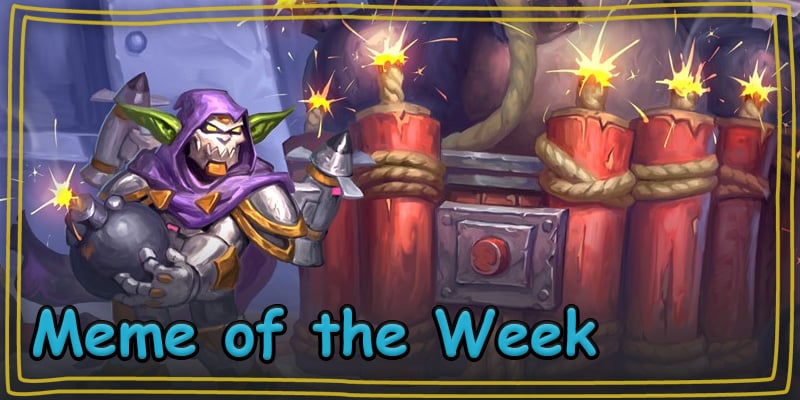
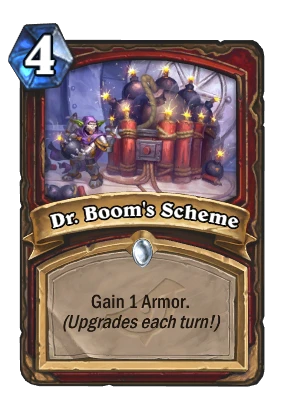
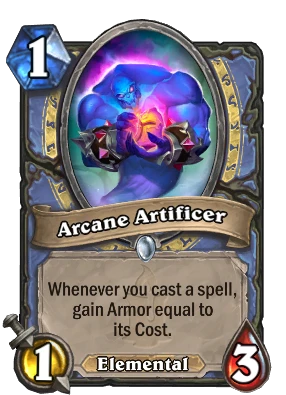
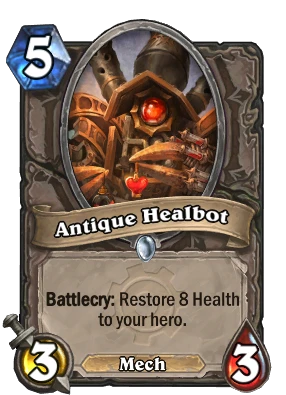
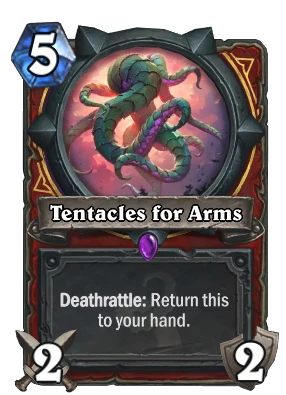
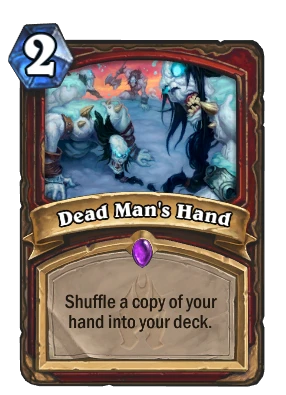
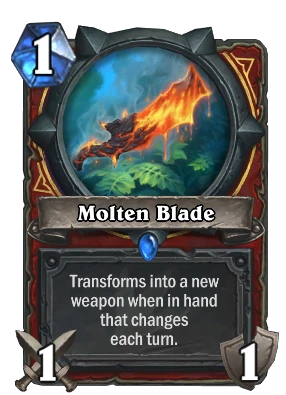
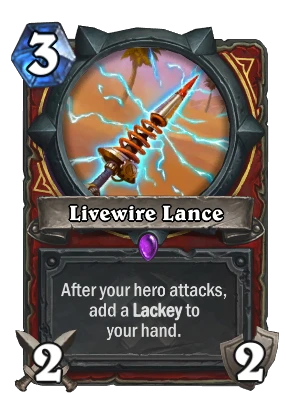
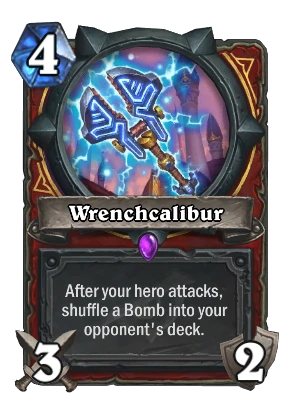
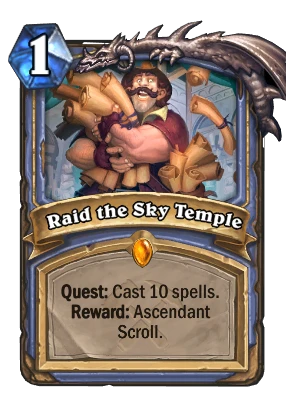
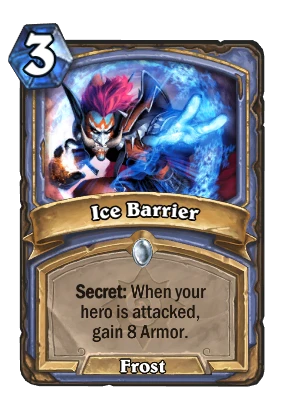
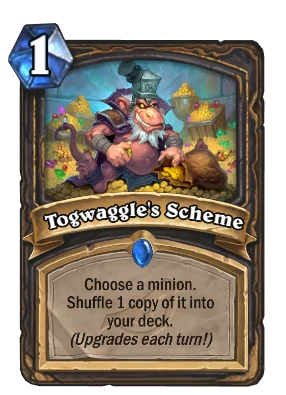
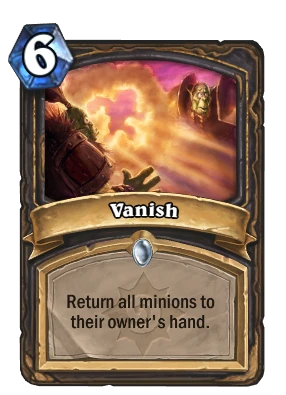
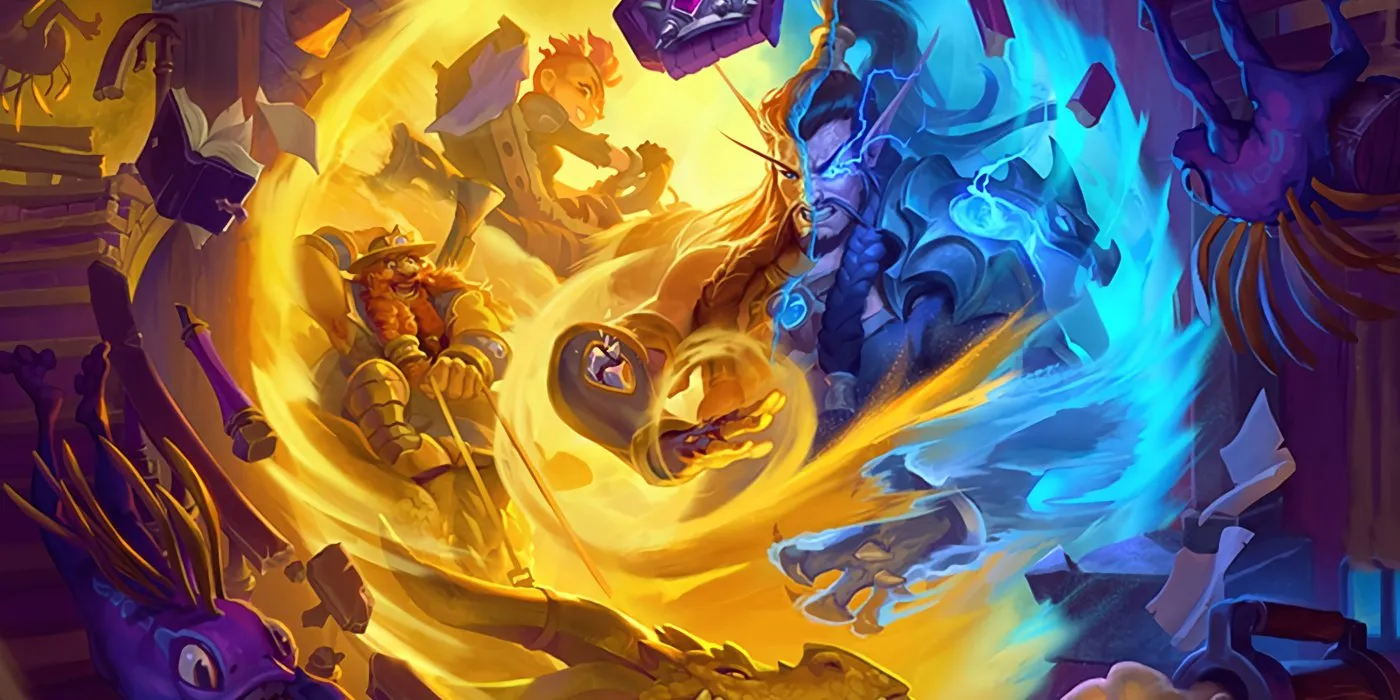
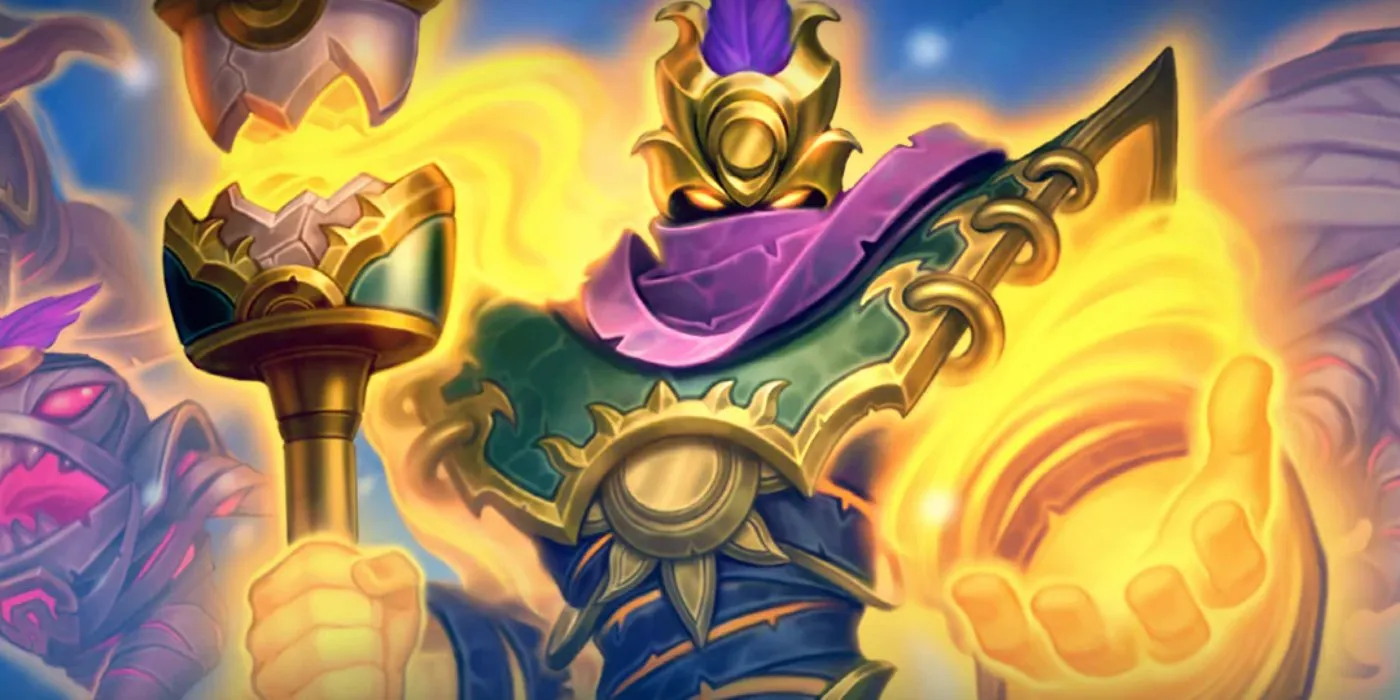
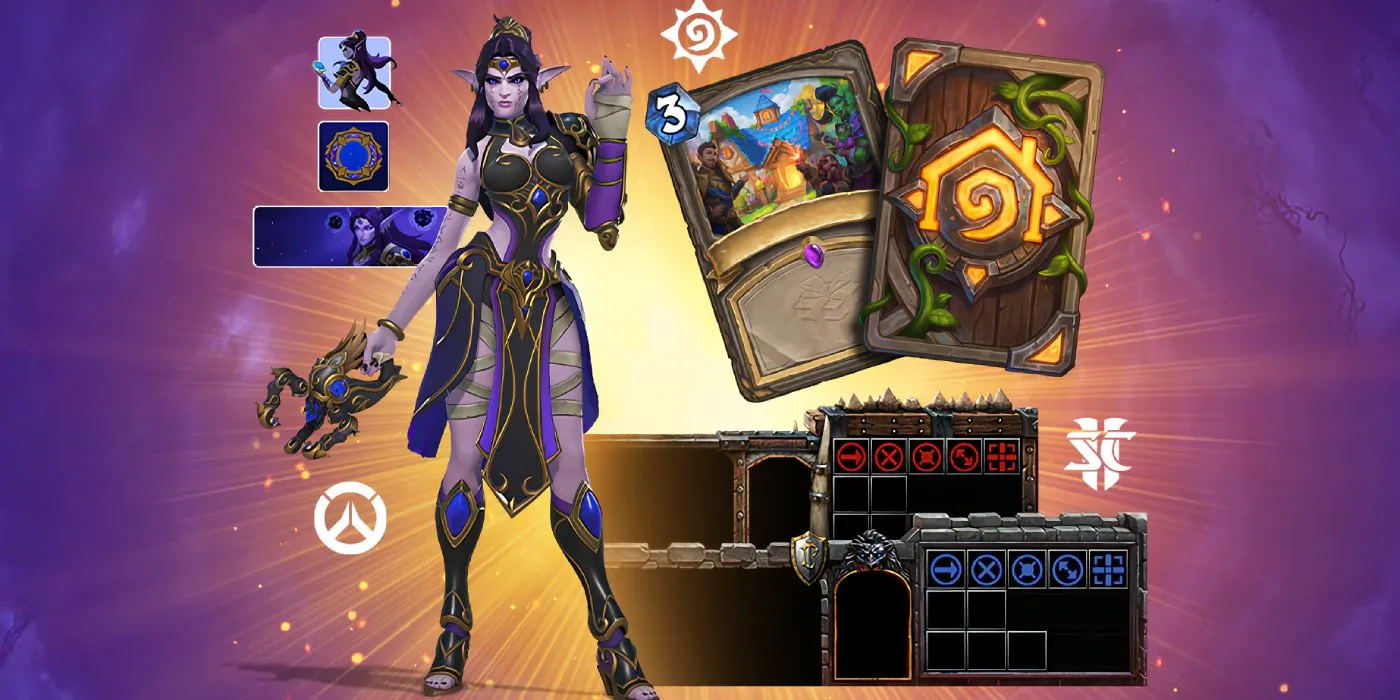
Comments
Just play Linecracker Druid
Noxious does Hearthstone content again? Thought he is still full into Magic.
I'm a different Noxious!
Well, that explains a lot of things. Thanks you, good sir. :)
I'm surprised you didn't include Justicar Trueheart in the Warrior deck. Also I think Blood Razor is insane and should be in there as well, especially since you're already running Plague of Wrath.
Blood Razor is actually a good replacement for Revenge, I completely missed that one! I was thinking about whether to include Trueheart or not, but I decided to keep the deck cost low (since it was already decently low for Wild, and it's rare to find decent decks that are both cheap and Wild). You could run a Trueheart by replacing Dr. Boom's Scheme I'd say.
The Indestructible warrior deck looks very interesting but wouldn't a deck like that want to run two copies of Dead Man's Hand to go infinite? I haven't tried the deck yet but since this is wild, it doesn't seem unlikely that it just runs out of stuff to deal with the opponent's threats and/or stay alive.
I initially ran it with two hands of dead men, but overall I ended up seeing I didn't need to shuffle twice. It is definitely a good addition if you want to, though!
Ah yes that makes sense. I've played a few matches with the deck and made a few alterations (I highly suggest adding Justicar Trueheart, more armor!) and I've had more fun and succes than I expected to have. I absolutely obliterated a secret mage by just removing everything and gaining a giant bunch of armor, and since I despise secret mages, that only made me like the deck even more. Unfortunately I've also encountered an otk Open the Waygate mage and a Mecha'thun warlock, against which this deck has an exact 0% chance to win.
Thanks for posting these types of decks though! It's great to see stuff like this from fellow memers. :)
Edit: just saw your post above about not including Trueheart so you can ignore what I said about it. :p
Why is the mage deck called a Reno Mage? It contains 0/2 available Renos. And it's not even a Highlander.
Great article though, will probably try these out. I really want Dr. Boom's Scheme to be good, but... It's just not.
Mistake! The "Reno Mage" tag was right next to the "Quest Mage" tag. Fixed, thanks for pointing it out!
IMO the best deck for crazy survivability is the Linecracker druid. If you can use Floop's Glorious Gloop and two [Hearthstone Card (Bees!) Not Found] on the linecracker followed by Earthen Scales on it, you can get something like 2500 armor.
I agree, that deck can become insanely survivable (though I recall seeing something about a Druid with 2500 armor being defeated?). I did not include for one reason: I don't look at other decks. My deck creation process (for these articles) is as follows:
1. Choose theme
2. Create deck around theme with whatever I find in my collection
3. Refine, refine, refine
I don't like looking at other decks, even if they might be better in some regards, and prefer to figure it out on my own. If I don't get to be creative, then it's boring :(
That's nuts
I agree, this deck is the most reliable way to generate the most armor.
Usually though I see them running emperor thaurisson and not gloop. how is it supposed to work with gloop anyway? you spend 7 mana on linecracker, then 1 mana on gloop, then you don't have enough mana for bees. unless you run innervate or already have a way to kill a minion on board.
Dane used Floop's Glorious Gloop in his recent video on Youtube.
Spawned bees die =generate mana 😉
I get that, but how do you get enough mana to play the linecracker (7), then gloop (1) then bees (3)? you would have to spend 11 mana before you can start generating more mana.
Super late response but you keep an Innervate for after you play Linecracker.
I thought thats how it worked.
thanks for answering, I don't mind if it was a little late.